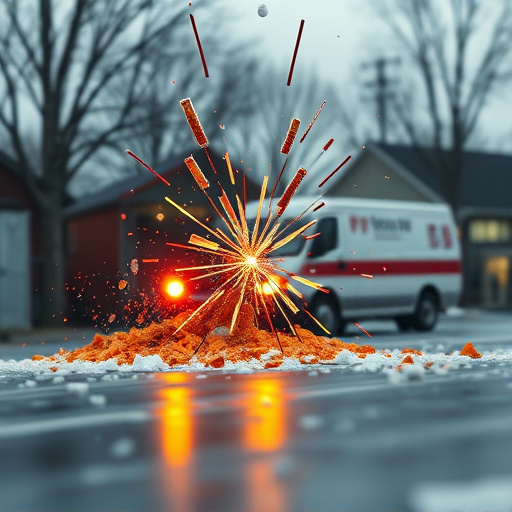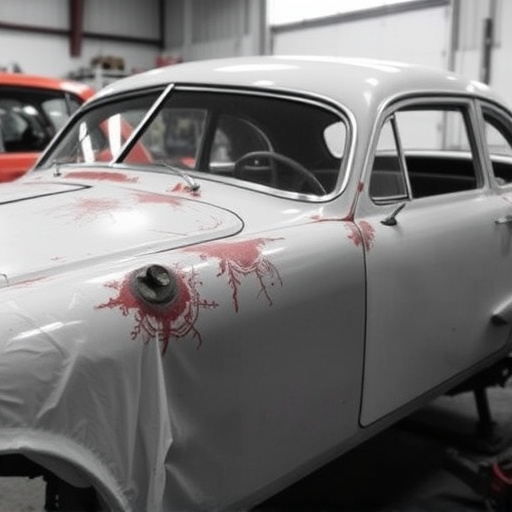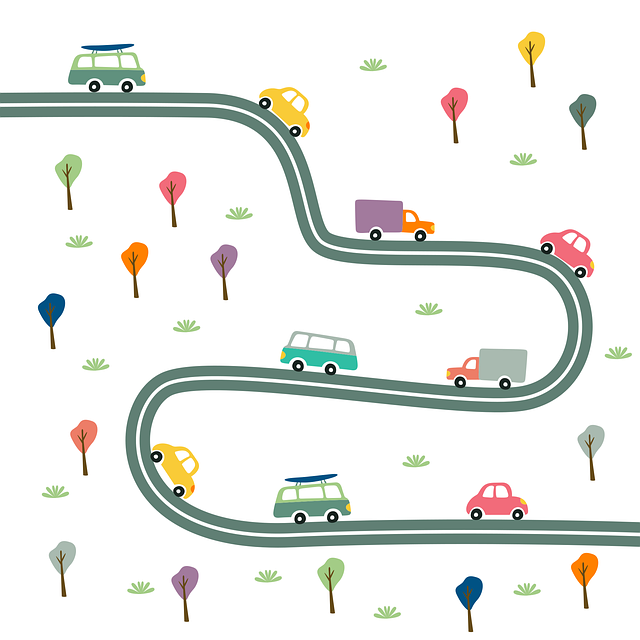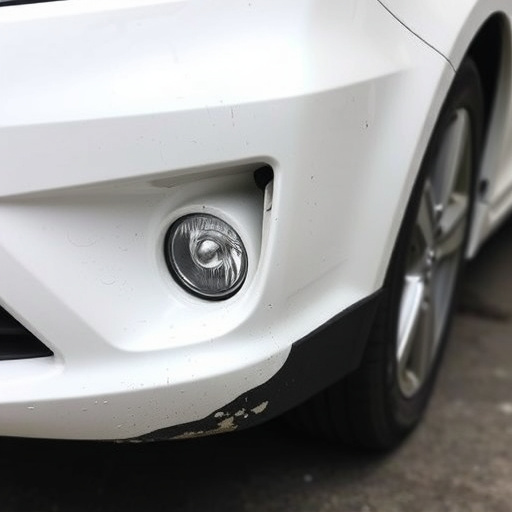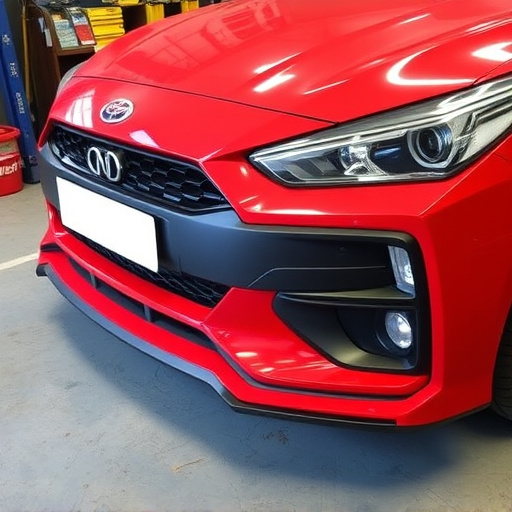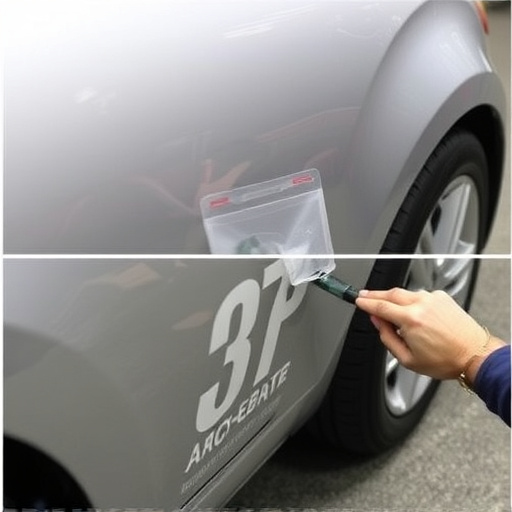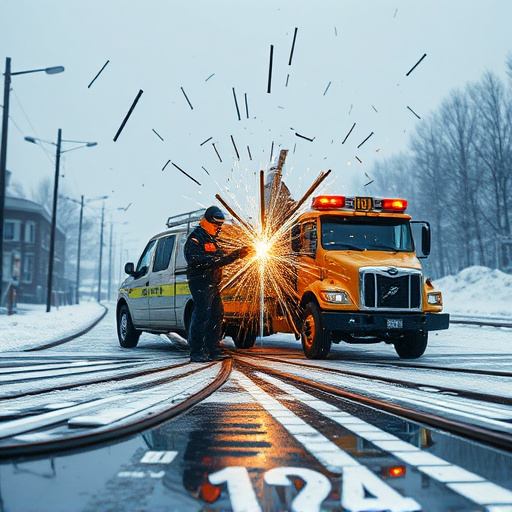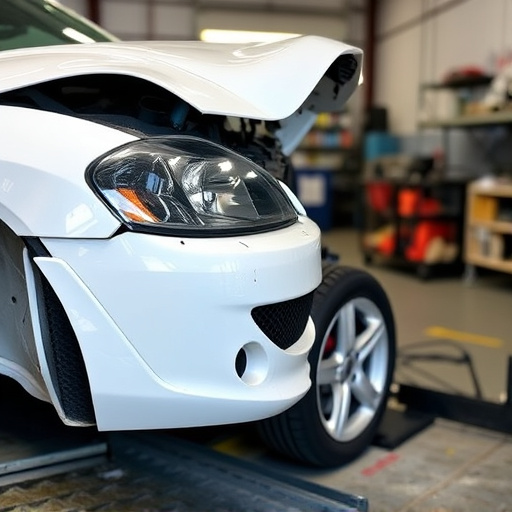TL;DR:
Before repairing fallen tree damage, conduct a safety assessment for hazards and structural instability. Wear protective gear, including PPE, during the process. Use specialized tools like paintless dent repair to minimize environmental impact. Coordinate with utilities and local authorities for critical infrastructure near the site. Professional evaluation ensures safe, effective repairs, preventing further harm.
When a tree falls, it can leave behind significant damage, but tackling repairs comes with its own set of safety considerations. This article guides you through essential steps to ensure your well-being during fallen tree damage repair. From assessing potential hazards and identifying safety risks to equipping yourself with the right tools and protective gear, we offer practical strategies for a safe restoration process. Learn how to navigate this challenging task while mitigating risks effectively.
- Assessing Fallen Tree Damage: Identifying Hazards and Safety Risks
- Essential Equipment and Protective Gear for Safe Repair
- Effective Strategies to Mitigate Risks During Restoration Work
Assessing Fallen Tree Damage: Identifying Hazards and Safety Risks
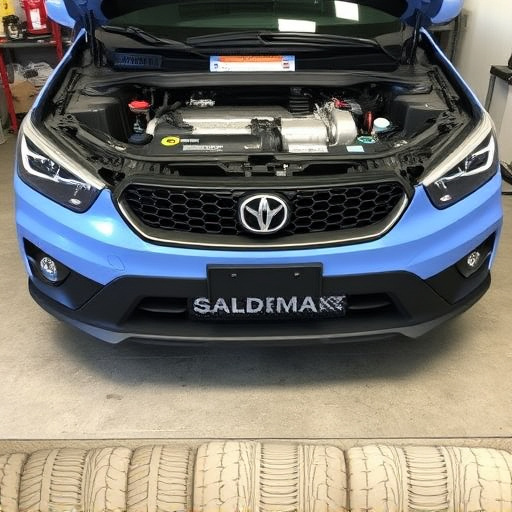
When assessing fallen tree damage, it’s crucial to identify potential hazards and safety risks before beginning any repair work. The initial step involves a thorough inspection of the affected area and the fallen tree itself. Look for loose branches, sharp edges, or any signs of rot or decay, as these could pose significant dangers. Remember, fallen trees can create a chaotic landscape, so wear appropriate personal protective equipment (PPE), including gloves, safety goggles, and sturdy footwear.
During this process, be mindful that the tree’s roots might have damaged underground utilities or structures. Additionally, check for any structural instability in nearby buildings or power lines that could become hazards during repair efforts. Just as in auto dent repair or frame straightening, where skilled technicians assess damage to vehicles, professionals should evaluate the fallen tree situation to ensure safe and effective repair methods are employed, preventing further harm or injury.
Essential Equipment and Protective Gear for Safe Repair
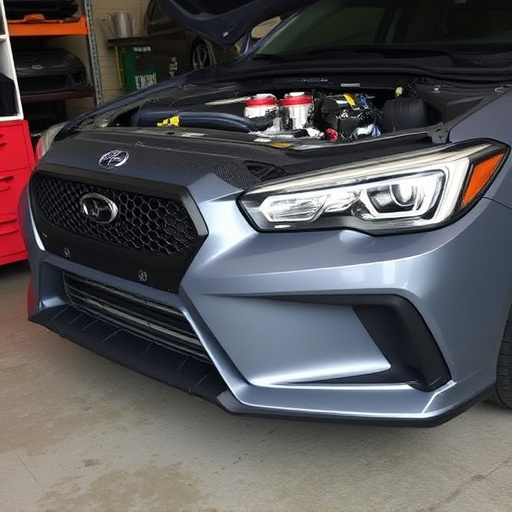
When repairing fallen tree damage, safety should always be the top priority. Essential equipment and protective gear are crucial for navigating this potentially hazardous task. Proper tools include sturdy ladders, safety harnesses, and impact-resistant gloves designed to withstand debris and sharp objects. For individuals dealing with car body repairs following a fallen tree impact, specialized equipment like hydraulic jacks, metal shears, and dent removal tools are necessary. Auto repair services professionals also highly recommend wearing eye protection, earplugs, and dust masks to safeguard against flying debris, loud noises, and potential respiratory hazards.
Remember that proper protective gear acts as a crucial buffer between you and the risks inherent in fallen tree damage repair. By investing in high-quality equipment and adhering to safety protocols, individuals can minimize the risk of injury while ensuring effective bumper repair and car body repair, ultimately leading to a successful restoration process.
Effective Strategies to Mitigate Risks During Restoration Work

When undertaking fallen tree damage repair, mitigating risks is paramount to ensure the safety of restoration workers and prevent further losses. Effective strategies include thorough assessment of the site and the extent of damage, with particular attention to unstable structures or hanging branches. Implementing appropriate personal protective equipment (PPE) tailored for forestry and construction tasks is crucial, safeguarding against potential hazards like sharp debris, heavy objects, and exposure to harmful substances.
In addition to PPE, prioritizing clear communication and well-defined work zones can significantly reduce risks. Coordinating efforts with local authorities and utility companies is essential, especially when dealing with downed trees near power lines or other critical infrastructure. Leveraging specialized tools designed for car dent repair, such as paintless dent repair techniques, can be beneficial in addressing both tree branch impact damage to property and vehicles, extending to car bodywork services that restore damaged surfaces to their pre-incident condition while minimizing the environmental footprint compared to traditional car dent repair methods.
When undertaking fallen tree damage repair, prioritizing safety is paramount. By meticulously assessing hazards, equipping yourself with proper protective gear, and implementing effective risk mitigation strategies, you can ensure a secure working environment. Remember, proper safety measures not only safeguard you but also contribute to successful and efficient restoration efforts. Always stay alert, follow guidelines, and seek professional training when needed for any challenging tasks during the fallen tree damage repair process.
